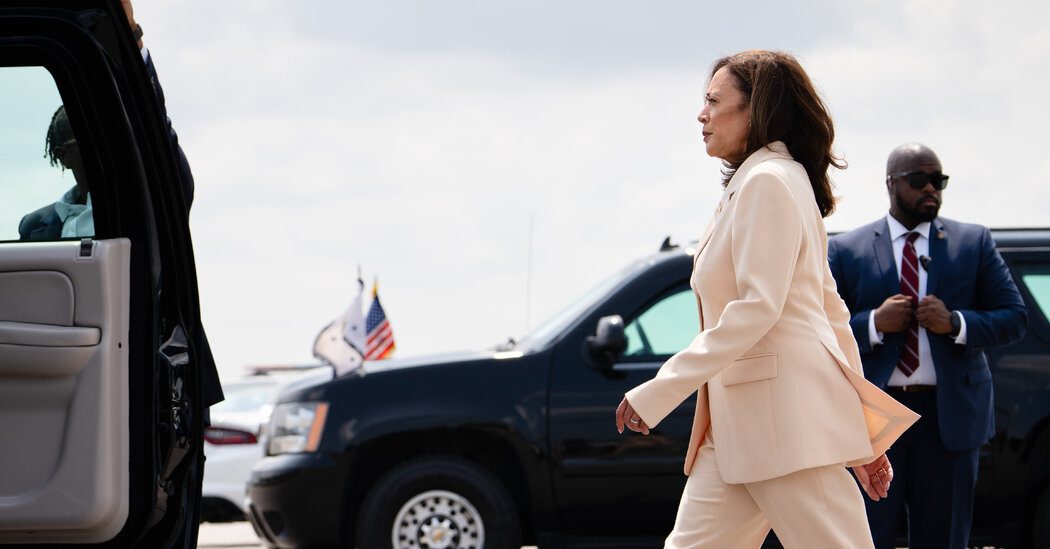- cross-posted to:
- nyt_gift_articles@sopuli.xyz
- cross-posted to:
- nyt_gift_articles@sopuli.xyz
She worked the phones. Her team worked the delegates. When it was over, she had quickly locked down the nomination in a “well-orchestrated cascade,” as one party leader put it.
Late on Sunday morning, Vice President Kamala Harris summoned a small clutch of her closest advisers and allies to the Naval Observatory, where she lives and works, with little notice and even less information.
President Biden had informed Ms. Harris earlier that morning that he was withdrawing from the race. The vice president had assembled her team so that the exact moment Mr. Biden formally quit, at 1:46 p.m. — one minute after the president had informed his own senior staff — they were ready to go.
Time was of the essence. A sprawling call list of the most important Democrats to reach had been prepared in advance, according to two people with knowledge of the situation. The vice president, in sneakers and a sweatshirt, began methodically dialing Democratic power brokers.
…
The blitz demonstrated exactly the kind of vigor and energy that Mr. Biden had lacked in recent weeks. Mr. Biden had reportedly made 20 calls to congressional Democrats in the first 10 or so days after the debate, while his candidacy hung in the balance. Ms. Harris made 100 calls in 10 hours.
At the same time that Ms. Harris was dialing, a new whip operation was set up to wrangle delegates who will ultimately select the nominee, integrating her team and the pre-existing Biden-Harris campaign’s delegate operation.



.